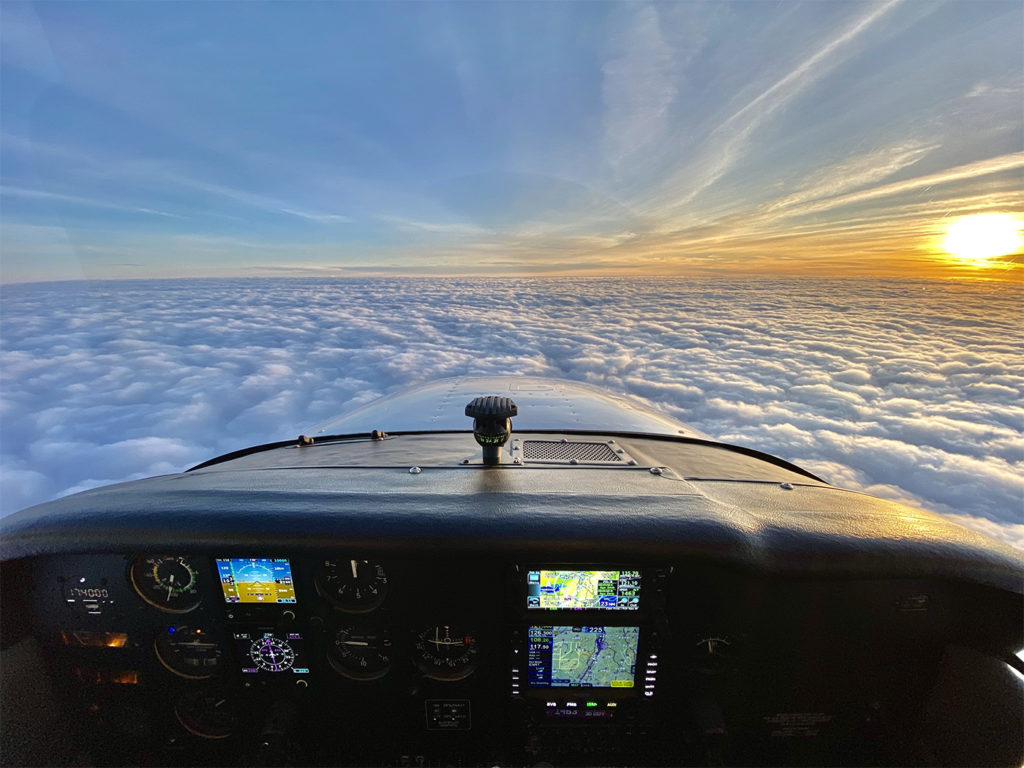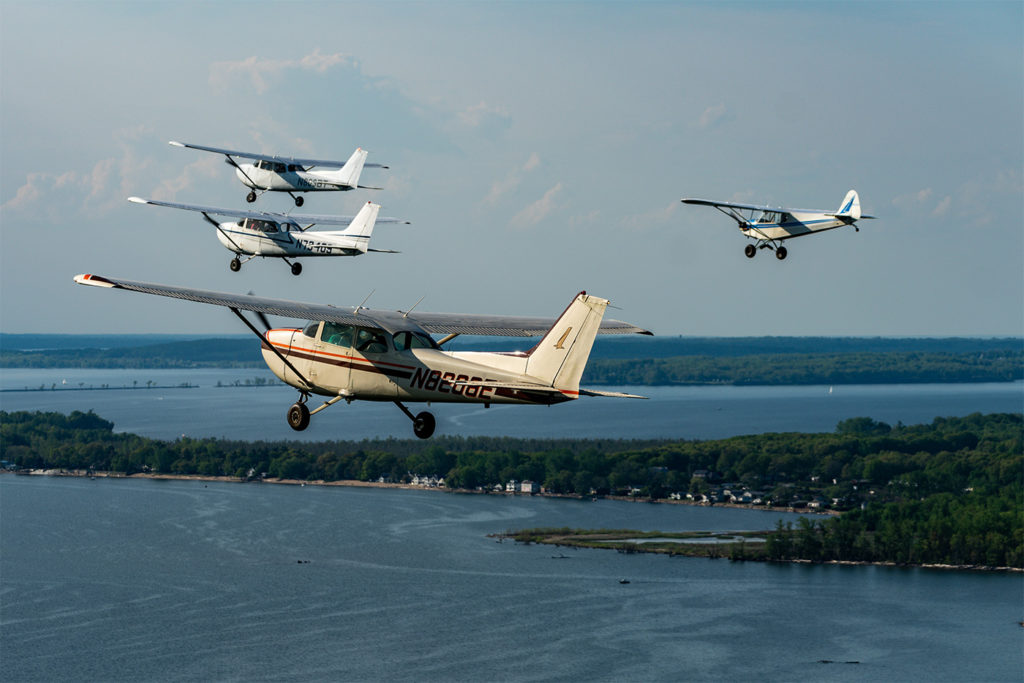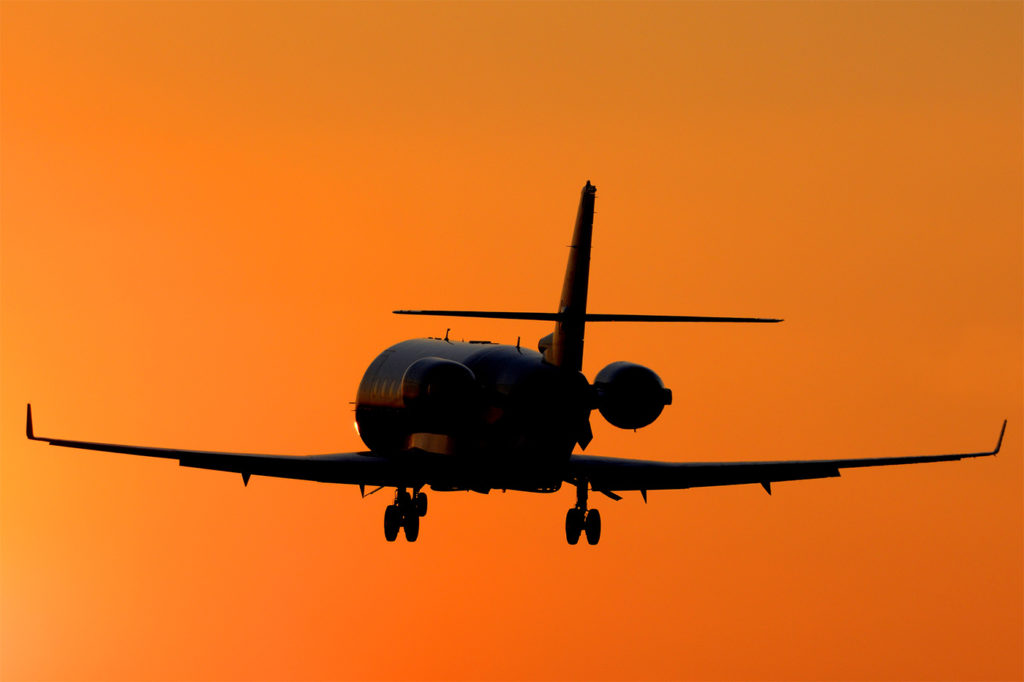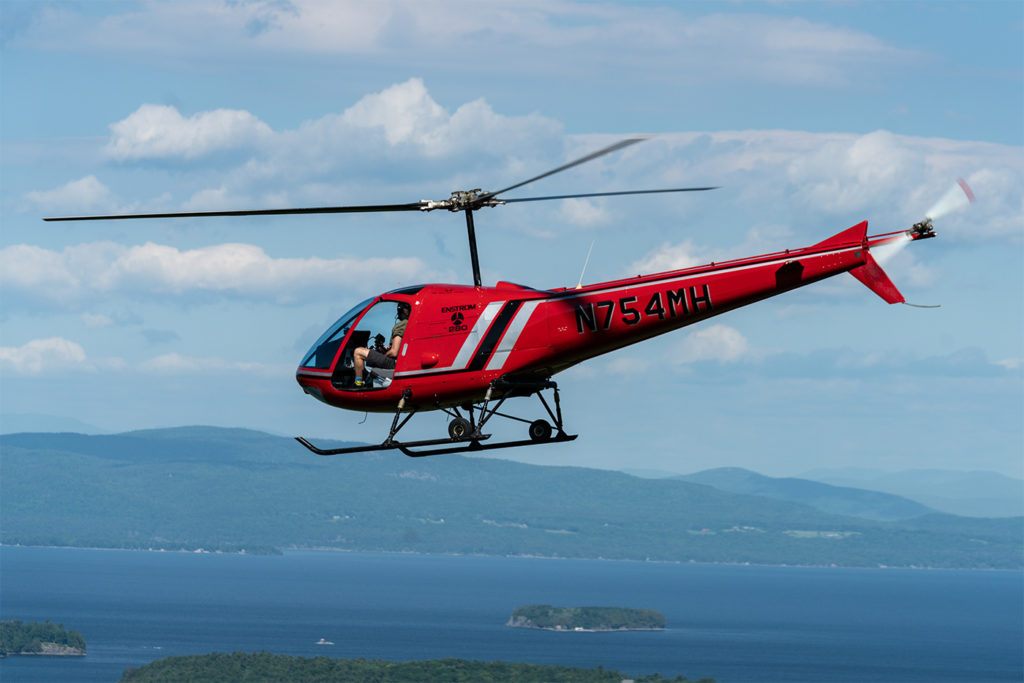Estimated reading time 7 minutes, 24 seconds.
Editor’s note: This story appears in the Skies special issue Aviation in the Face of Covid-19. Access the full issue here.
I’ve made numerous trips over the last four months from Pennsylvania to Vermont, all for business purposes. In almost all cases, I’ve flown. This despite the fact that commercial service to smaller regional airports — and most major hubs — has been throttled into near non-existence in the wake of the global coronavirus pandemic. Yet there I was, cruising along at sunset on a Friday night, enjoying the view high above the clouds in pressurized, high-speed comfort.

I was, of course, flying private. My chariot: A Cessna 210 Centurion. Or maybe it was one of the trips aboard a slightly slower Cessna 172. Still worth it, of course — just gave me an extra 45 minutes to enjoy the view. On the other hand, my brisk flight just last week up and back aboard a Lancair Evolution turboprop made me wonder why we even have commercial aviation in the first place. There’s nothing quite like making 300 knots without the hassle connections and boarding lines — though even those have a special place in the heart of this life-long travel fanatic.
These are impossible times for aviation. Commercial carriers — and the aircraft manufacturers that support them — have received a collective roundhouse kick in the head from this pandemic. Travel for everyone ground to a halt immediately, across the globe, and it will take years to return to its previous, even-then unsteady economic footing. Businesses slowed down their travel, and there’s no guarantee that the passengers themselves will be ready to queue up for TSA anytime soon, given the uncertainty about the disease’s whereabouts and behaviour.

You might thus think this would be business aviation’s shining moment — an opportunity for all those private jets to plug the gap for businesses still needing to put some butts in the air in order to get boots on the ground. With travellers wary of large crowds now, small bizjets could suddenly become white knights. But business aviation has fared no better. Though some charter operators are claiming upticks in business, according to participants in Aviation Week & Space Technology’s recent webinar on the crisis’ impact on business aviation, 2020 has so far been an “economic catastrophe,” with business jet flights down 75 per cent year over year and fuel sales off 95 per cent. Many airport service providers have closed permanently, orders for new aircraft have fallen off a cliff, and pilots have been furloughed everywhere. Any rebound that will arrive will be slow-building, filled with new players, and needing to adapt to whatever new normal emerges in business travel.
Yet there I was, standing alone in the FBO with a massive pile of camera equipment that I’d have an aneurysm trying to check into an airline, waiting for the young engineer from Beta Technologies, developer of a new electric vertical-lift aircraft, to come and retrieve me aboard the Centurion. Not a business jet, mind you — not even a big ol’ twin-engine turboprop like a Piaggio or Beechcraft, aircraft that for all intents and purposes are business jets. Just a humble piston that can still beat the pants off a terrestrial commute. It would seem that these airplanes — smaller, owner-operated, more economical to operate as long as you’re not heading overseas or across the country — are the ones having their moment.

General aviation has only really been stymied by aircraft owners’ work demands in the wake of the pandemic, and the economic realities of their businesses. But flying private during the pandemic has, in reality, been a guilty pleasure — traffic is low, controllers a bit more accommodating, and business can go on seemingly unaffected. In fact, operating even a modest flight department can be essential in these times, as Beta found when it began operating from two locations divided by a huge lake. “It’s absolutely essential because we have to get our teams back and forth from Burlington to Plattsburgh, with Lake Champlain in the way. That takes three hours of daily driving, but our aircraft turn that into a half-hour hop,” said Tom O’Leary, Beta’s operations director. “Also, we have remote employees and partners who have been able to come for essential business and not risk contagion on a jetliner.”

Making these flights, O’Leary added, allows the company’s team of pilots to expand their experience, and it affords the company’s staff instructors opportunities to teach new pilots on longer cross-country flights. Beta’s ever-growing fleet currently includes multiple Cessnas, three Enstrom helicopters, and several aircraft owned by employees that are at the company’s disposal, including a new Husky floatplane and the aforementioned Lancair Evolution, which is owned by Austin Meyer, a noted software entrepreneur and the company’s simulation and control-system coder.
Though the practical advantages of operating a flight department are easy to pin down, pandemic or not, there are still more less tangible benefits. In this case: It’s more-or-less impervious to social media snark. Sound silly? Just think back to the beginning of the 2008 recession, when the leadership of the major U.S. carmakers took business jets to Washington, D.C., for hearings into whether they should receive government bailouts. Public outrage was off the charts, and this was even before social media had greased the skids of cancel culture. It was a significant factor in the depth and duration of the business aviation downturn during and after that recession. Despite the myriad proven benefits of business aviation, corporate boards had no choice but to treat it like a plague of its own.

Today, things are just as precarious. Early in the pandemic, a few celebrities and businesses started using private jets to fly to COVID-safe hideouts away from masses of potentially infectious citizens. The social-media blowback was enormous and deeply impactful. Companies exercise this privilege at their extreme peril. Unless they’re tooling along in a Centurion or a Bonanza or even a big yellow Husky with gigantic floats slung underneath it. Nobody bats an eye.

Yes, turbine-powered business aviation will come back eventually, and society might even be persuaded to accept its role in a post-COVID world. For now though, companies that truly need to retain that sort of upward mobility are realizing that a little modesty can go a long way.
Eric Adams is a longtime transportation and technology journalist and analyst, a regular contributor to Wired, Popular Science, Gear Patrol, Forbes, and The Drive, and a professional photographer.


Excellent view of our current commercial aviation scene. I’d like to give my perspective on the following comment, “It would seem that these airplanes — smaller, owner-operated, more economical to operate as long as you’re not heading overseas or across the country — are the ones having their moment.” As we gradually exist our Covid-19 world it would seem logical the next operators to have their moment will be connector airlines. Given the economies of scale, they will throttle up to full service by the use of turbo prop connector aircraft such as the dehavilland dash 8-400 turboprop followed closely by there fleet of small jets. For the most part these aircraft are relatively inexpensive to operate with low load factors and will be more profitable than larger jets. They will also establish the feed necessary to open up the major carriers.